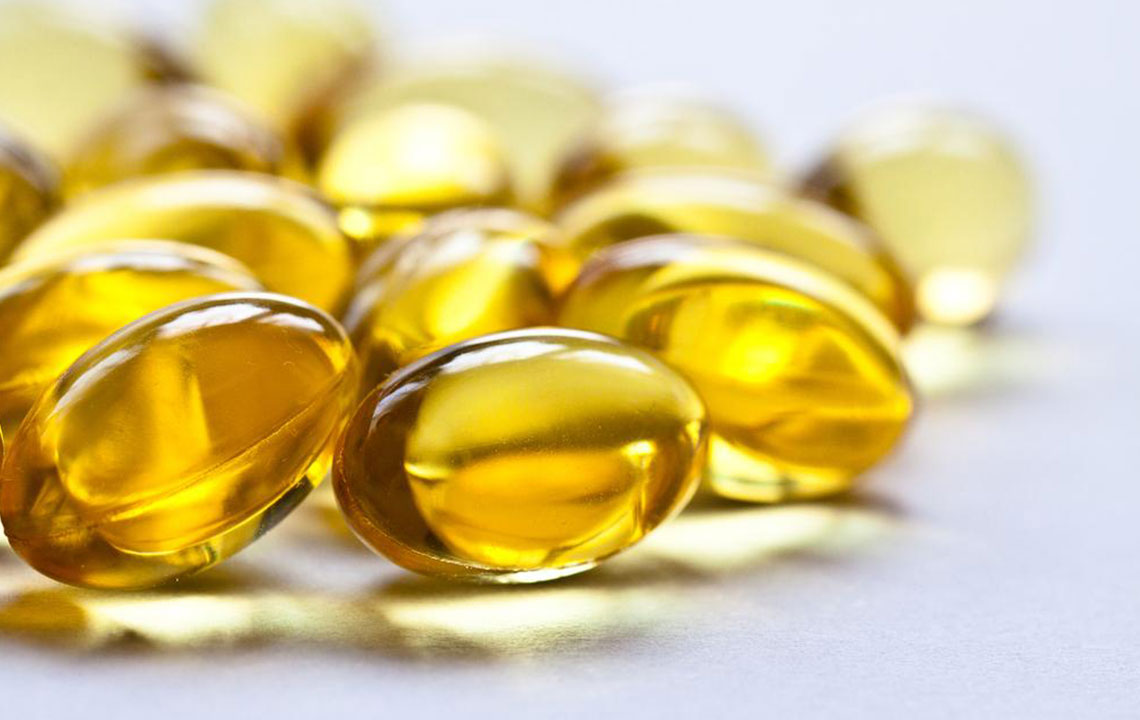Vitamins for Arthritis Pain Relief

There is no secret that arthritis does not leave you easily and one needs to seek a professional’s advice if he or she suspects they have arthritis. Doctors, however, also believe that only prescribed medication is not always enough as it won’t give you the best results. For a complete treatment, it is essential that you have a well-planned diet, which is specially formulated keeping in mind your condition.
Research shows that vitamins for arthritis pain work wonders. It is also observed that most of the times, your diet does not give you the required quantity of vitamins. In such cases, you have the option of popping some vitamin supplements to make sure that your body is not short of the ideal vitamin supply. It is highly recommended that you consult a doctor before you decide to start vitamin supplements, as they show different results on different body types.
With the right amount of vitamins, you can improve your arthritis condition. The following vitamins are essential in providing arthritis pain relief:
- Vitamin D
Walking in the sun might not be your favorite thing to do, but remember that vitamin D is one of the most important vitamins for arthritis pain. It is found out that arthritis patients who are often prescribed oral steroid suffer from vitamin D deficiency. This is a concern as a good level of vitamin D is a must for arthritis. Vitamin D helps in strengthening your muscles, bones, and immune system, all of which are weak in an arthritis patient. One of the main benefits of vitamin D is it regulates the immune system, which is a key factor in rheumatoid arthritis. Doctors and nutritionists say that women who have low vitamin D in their body are 30% more likely to be victims of rheumatoid arthritis than those with a high level of vitamin D. Get your vitamin D level checked from your doctor. To get a daily dose of vitamin D, walk in the sun early in the morning for 15–20 minutes without putting on sunscreen. Other than the sun, a good diet is a great way of feeding your body vitamin D. Raw fishes like salmon and mackerel are great sources of vitamin D, so indulging in a sushi topped with them might be a great idea.
- Vitamin C
The correct amount of vitamin C is the key to prevent inflammatory arthritis like rheumatoid arthritis and for maintaining healthy joints in case of osteoarthritis. The emphasis here is on the correct amount, as a high amount of vitamin C in your body will increase the joint damage from osteoarthritis, and if you have a low level of this vitamin, it increases your risk of rheumatoid arthritis. Vitamin C is no doubt one of the best vitamins for arthritis, as it helps in building and repairing connective tissues, which is a concern in arthritis patients. Ideally, it is recommended for women to consume 75mg and for men to consume 90mg of vitamin C every day. Eating citrus fruits, red peppers, broccoli, and other vitamin C-rich foods will increase the level of vitamin C in your body.
- Vitamin K
It is a known fact that vitamin K helps in blood clotting and the strengthening of bones. But did you know that it is one of the best vitamins for arthritis pain relief? Vitamin K is said to combat the inflammatory cells in rheumatoid arthritis. Not just that, if you have a low level of vitamin K in your body, there is a high risk of you suffering from arthritis of the hand and knee. To increase your vitamin K intake, include dark green leafy vegetables, kale, broccoli, and fermented dairy food in your diet.
- Vitamin A
Like vitamin K, this is included in the list of the best vitamins for arthritis. It helps in suppressing inflammatory cells and gives you relief from rheumatoid arthritis pain. This is because vitamin A has a metabolite called all-trans retinoic acid, which acts as an anti-inflammatory agent for rheumatoid arthritis pain. You can have vitamin A-rich foods like eggs, beef liver, spinach, carrots, and sweet potato to make sure that your vitamin A level is above average.
- Other vitamins and minerals
Vitamin B6 is another vitamin which is essential but found in low quantity in patients with arthritis. Vitamin B1 helps in preventing heart failure and cataract, both of which are common in patients having rheumatoid arthritis. Along with vitamins, minerals like zinc, selenium, calcium, and chromium are also helpful in preventing and reducing the symptoms and pain associated with arthritis.
The above-mentioned vitamins for arthritis work best when you take them while you are seeking professional help for your condition. Consult your doctor about the use of vitamin supplements to avoid any dangerous drug reactions or potential side effects.


